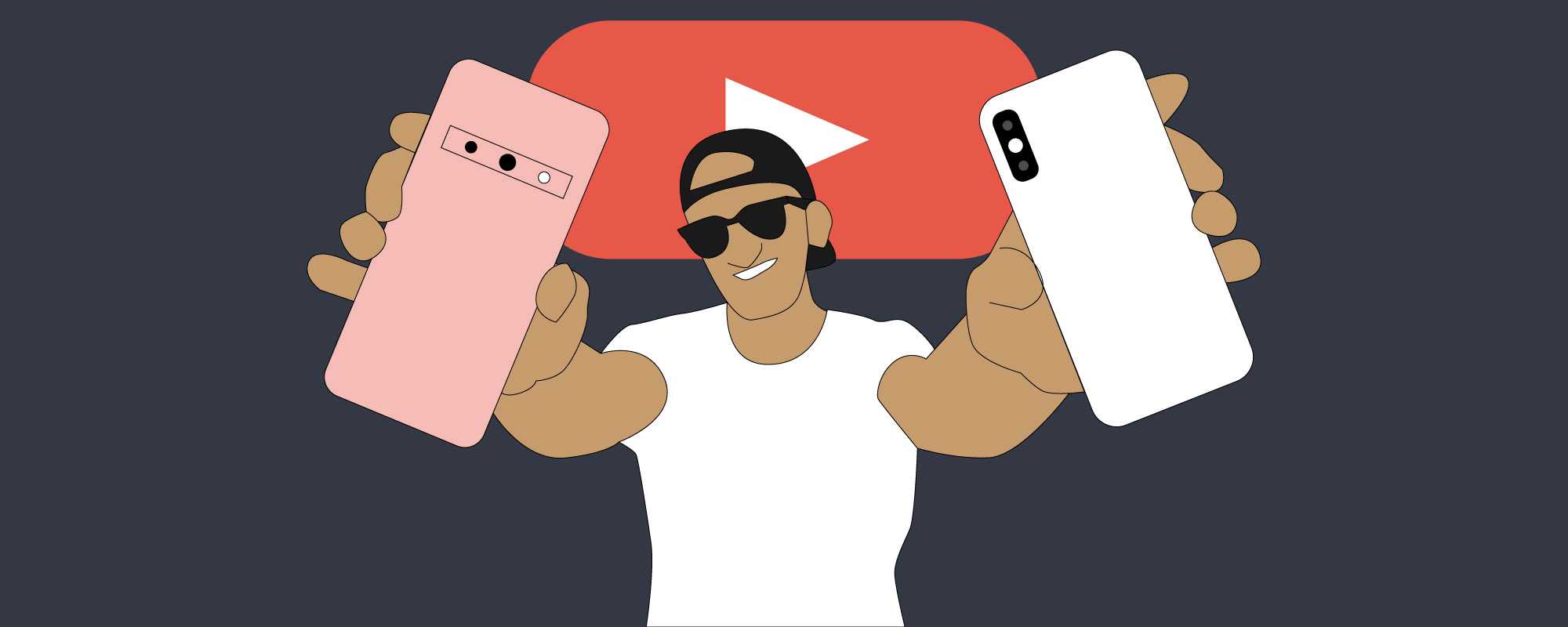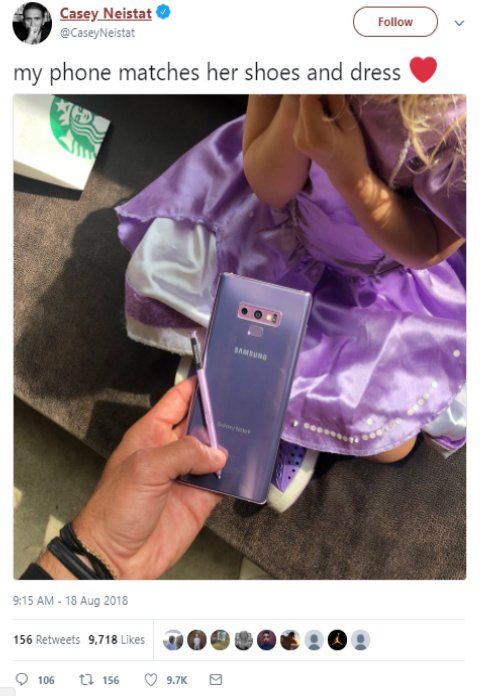Blurred Lines: How YouTube Sponsorships Confuse Reality with Advertising

It’s been a long day.
You get home, kick off your shoes, and—if you’re anything like most Gen Zers—start scrolling through your YouTube subscription box. The online video platform reaches more 18- to 49-year-olds than any broadcast or cable TV network, so it’s obvious that advertisers are sinking their teeth into it. But there’s something special about this specific brand of marketing.
Unless you’re an alien (or something), you already know that YouTube is the place where anyone can upload just about anything. But it’s also the place that younger audiences turn to watch high-quality content from real people. It’s the place where a small-town kid can gain international fame by filming videos about makeup, video games, or their daily life. And, now more than ever, it’s the place where people you trust can persuade you to buy products you never knew you wanted.
How does it work?
You’re probably familiar with the 15- to 30-second ads that play before YouTube videos. These are called TrueView ads, and they’re the most noticeable advertisement you’ll find on any given YouTube channel. But these ads aren’t what most YouTubers make a living on. For the people creating content, there’s a much, much more lucrative way to advertise: Sponsorships.
If you’re unfamiliar, there are three main types of YouTube sponsorships: Affiliate, product, and paid sponsorships.
Affiliate sponsorships require a YouTuber to provide viewers with a sponsored product link in exchange for a share of profits earned through the affiliate link. Depending on how many viewers purchase products through their link, YouTubers can make a fair amount of money this way.
Product sponsorships supply YouTubers with a free product in exchange for showing the product to their audience. These sponsorships involve no additional pay for mentioning a specific product, only the product itself.
Paid sponsorships, on the other hand, are where the big money comes in. They can take a lot of different forms, but paid sponsorships most often include a YouTuber using or mentioning a specific product in their videos. For as few as 30 seconds spent talking about a product in a video, content creators can bring in thousands of dollars. And that’s where things get blurry.
Paid sponsorships blur sincerity and marketing
People subscribe to YouTube channels because they connect with the people behind them. YouTubers are ordinary people, people viewers trust.
So, when a viewer’s favorite vlogger casually mentions how much they love their killer new smartphone, viewers are likely to trust what YouTubers say. And that’s exactly where super-successful content creators like Casey Neistat fit into the picture.
Selling cell phones to the masses
With over 10 million YouTube subscribers and 1.8 million Twitter followers, director/techy/YouTuber Casey Neistat has a major audience to market to. And that’s exactly what he’s done: Through upbeat daily vlogs with gorgeous production quality, Neistat has built a digital marketing empire. But his viewers might not realize that.
And that’s because—while Casey speaks transparently about the brands he works with—his content blurs the lines between real life and advertising. Viewers know Neistat works with Samsung. But they might not realize how heavily they’re being sold to.
Take this tweet, for example:
Here, Neistat shows viewers a sweet glance into his daily life as a dad. But he’s also showing viewers a dynamite shot of the latest Samsung device he’s been bumping, all to the tune of nearly 10,000 likes.
And the life-plus-advertising doesn’t stop there. Famous for his tech reviews, Neistat posted a YouTube video comparing the latest iPhone’s camera to the latest Samsung device’s camera. Regardless of which operating device you prefer, the comments on his review prove just how persuasive Neistat’s video really was.
What does this mean for modern marketing?
Look, there’s nothing wrong with a talented content creator making big bucks off a paid sponsorship. But there is something weird happening here.
Audiences turn to YouTube for genuine content and product recommendations. And even though he typically doesn’t label sponsored posts as ads, Casey Neistat and other content creators aren’t necessarily straying from sincerity.
In fact, most YouTubers allege to only promote products they really use. But their promotions will only keep pulling in leads if YouTubers maintain that standard.
Unlike with traditional celebrities, who frequently endorse products as random as probiotic yogurt or ultra-plush toilet paper, YouTube audiences don’t tolerate insincere sponsorships from content creators. They came to YouTube for videos from real people—and breaking that trust has consequences.
How to advertise using YouTube sponsorships
If you have a product or service that can be marketed via YouTube sponsorship, you might consider adding one to your digital marketing strategy. But your sponsorship will be most successful if the YouTuber promoting your product does so candidly.
Finding people who genuinely support your brand is key to nailing YouTube sponsorships. If promoting your product or service seems forced, you may want to pass up this type of marketing and focus on TrueView, display, or search ads.
—
Eager for more digital marketing news? Check out our blog. And for more information on the best advertising strategy for your online biz, contact us.

Sarah Walther is a Milwaukee-raised Northwestern Wildcat. As a former theater kid, her life dream was to be on Broadway. Now, she just hopes to one day jump off a waterfall and eat the perfect papaya.




